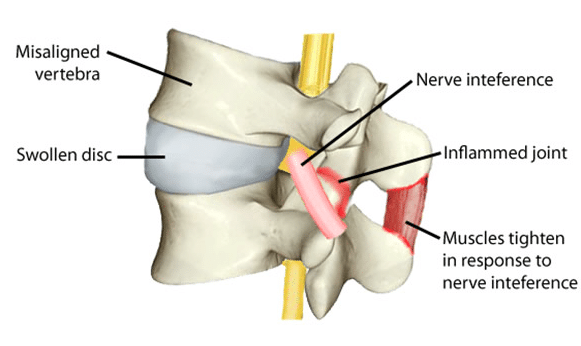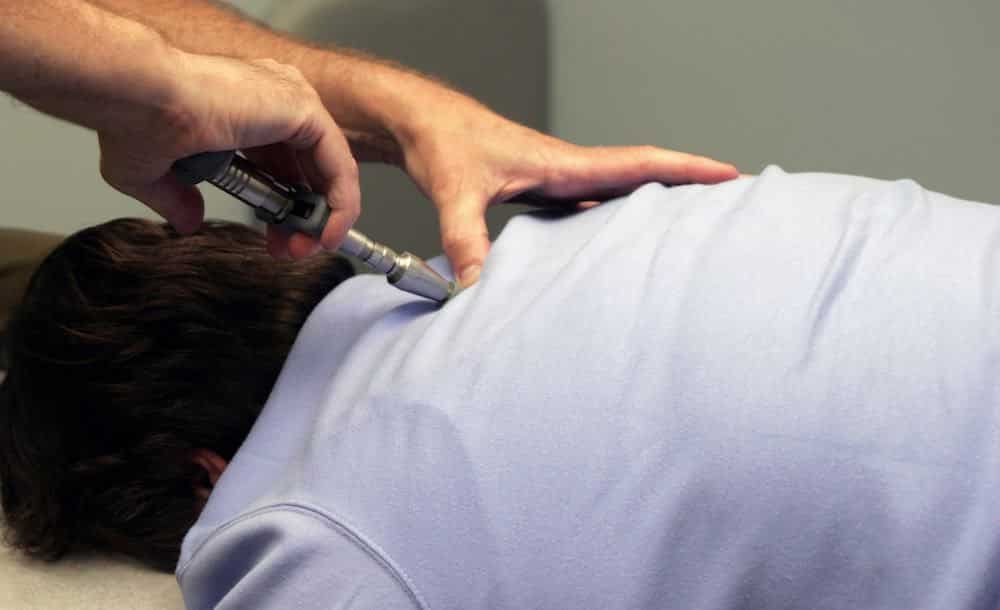We take our patients’ safety with the utmost priority. To safely perform a chiropractic adjustment, our patients will first go through a thorough initial health check to rule out any issues such as fracture, infection, structural weakness eg.osteoporosis, advanced arthritis etc. An x-ray examination could entail to further investigate for any underlying problems.
So How Does A Chiropractor Know Which Joint To Adjust?
Chiropractors are specially trained to develop a feel for dysfunctional joints and muscles. This is done by hand, a procedure we call palpation. The dysfunctional area will feel restricted, rigid, tender and potentially swollen and warm (due to the underlying inflammation).
Once an area of dysfunction is identified, the adjustment can be carry out by:
- Hand. This is the classic adjustment where the chiropractor performs a quick and precise thrusting movement to adjust the dysfunctional joint.
- Instrument. Chiropractors can use a special instrument, known as the activator. An activator is like a small jackhammer that delivers gentle, low force and precise adjustment onto the joint. An alternative to activator adjustment is drop table adjustment. This requires a spacial chiropractic table with movable segment to adjust a specific region.
In part 2 of the series, we shall explore the mechanism behind how a chiropractic adjustment work.




 RSS Feed
RSS Feed